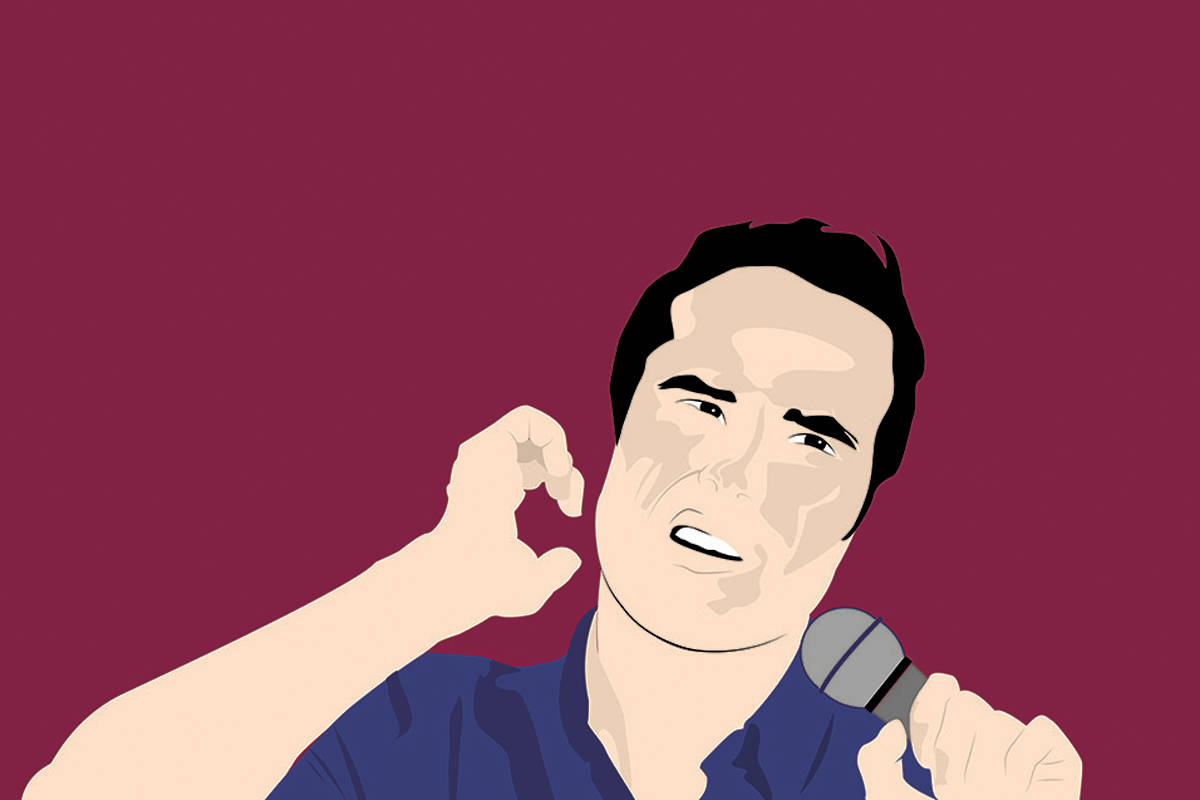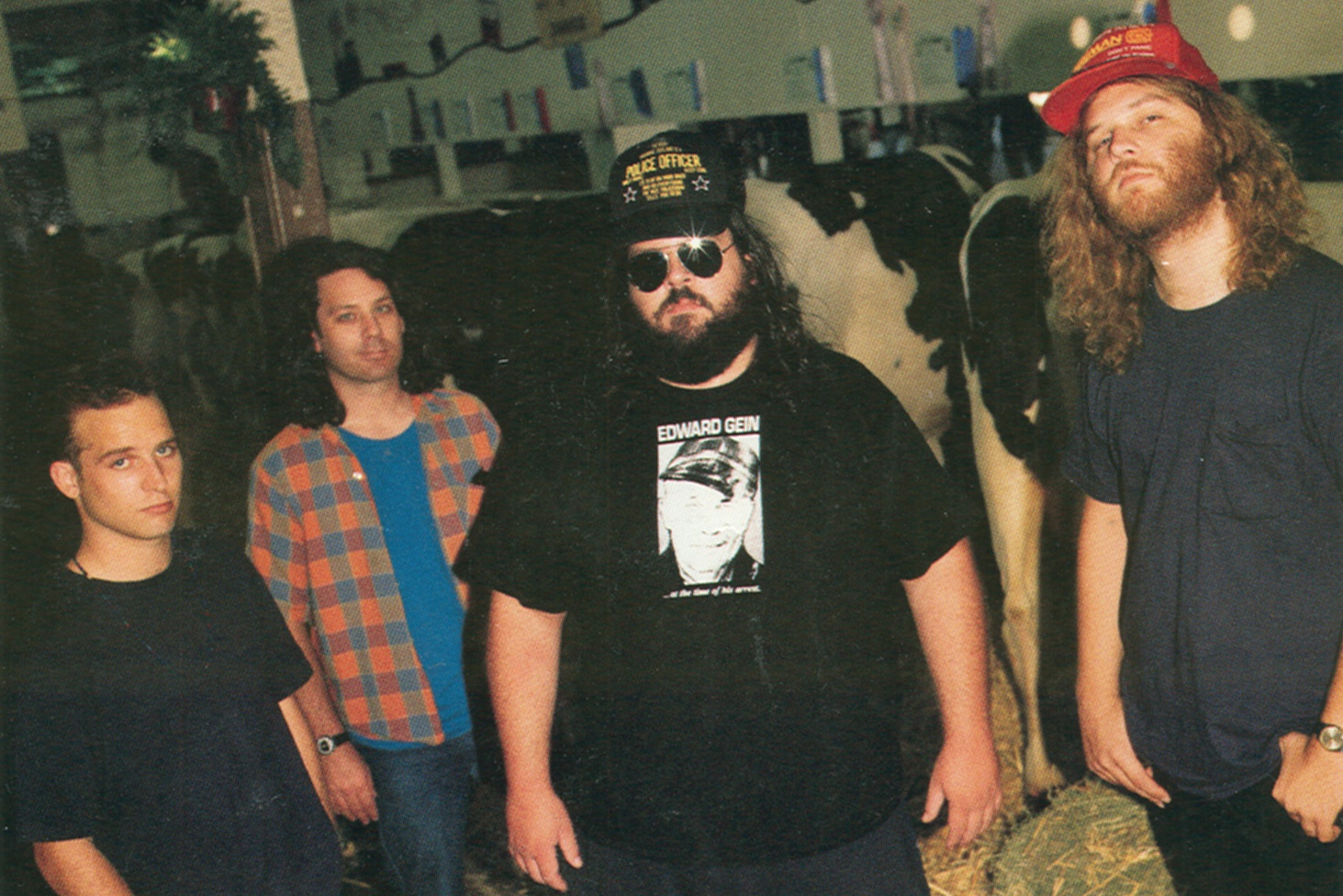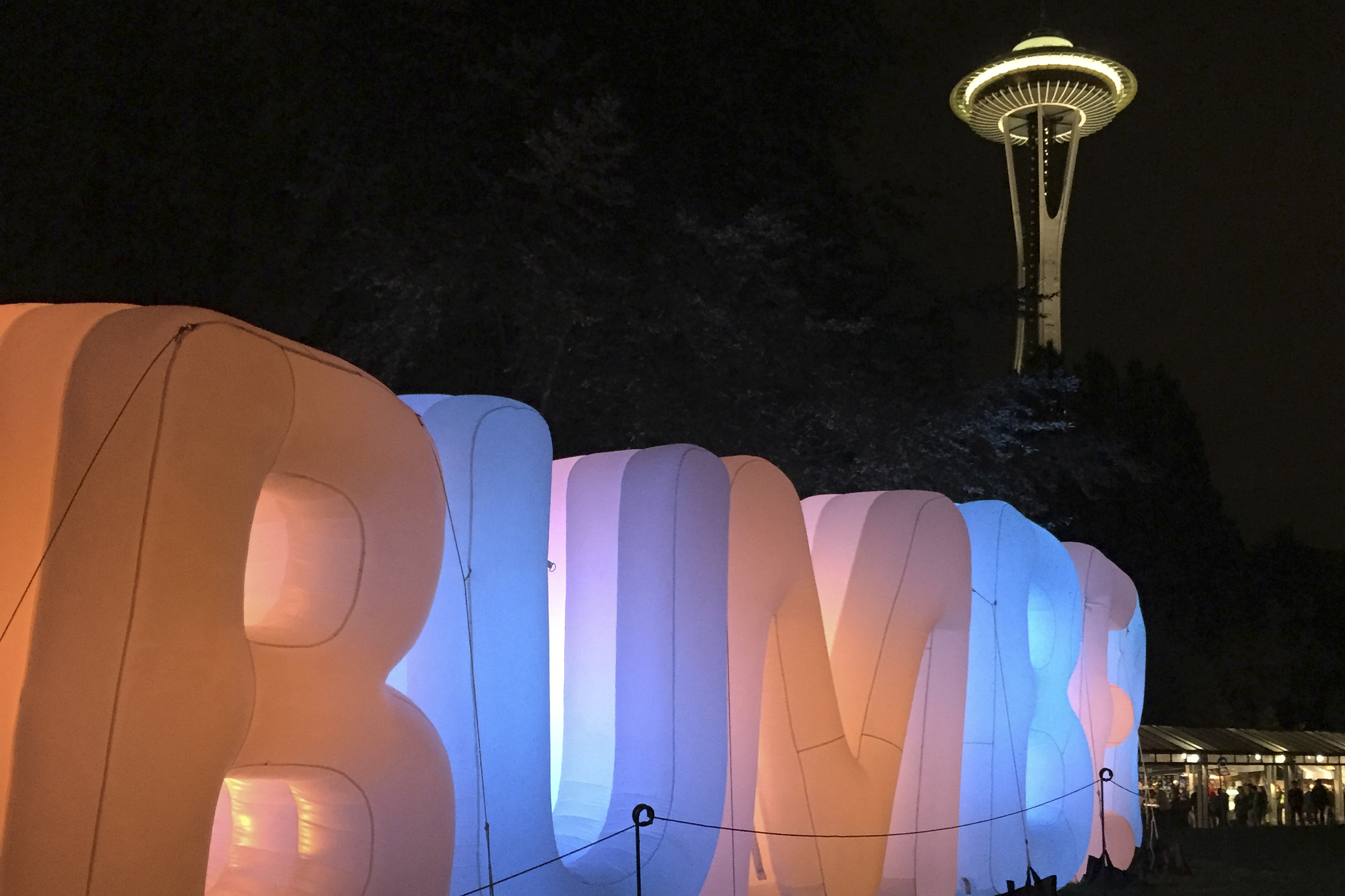Few bands have been at it as long as Corrosion of Conformity, who formed in Raleigh, North Carolina in 1982, and who, barring just a few brief periods, have been at it ever since. The band was one of the first to blend punk and metal sounds and they remain an influential force in heavy music. 2012 was a busy year for the band, having released their self-titled 8th album in February, and now, a re-release of their long out of print first LP, Eye for an Eye. For the latest edition of Tell Me About That Album, we chatted with Mike Dean, the band’s longtime bassist, about making that first record, their early days and being an elder statesman of metal. COC play The Crocodile on Dec. 12.How did the recording of Eye for an Eye originally come about? We had heard about some people with this studio, who, at the time, seemed really ancient to us. They might have been 38 or something. And they had a recording studio, which was basically in this guy’s family room. It was a tall order in those days to have your own recording studio. You had to have a two-inch tape machine, which was the perfect combination of electronic and mechanical to make it prohibitive to maintain.How long did you spend recording? We just tried to run with it live and redo very little and I just remember personally being a real pain in their ass. We didn’t quite know what we were doing. Somehow [guitarist Woody Weatherman] got talked into using an amplifier other than his own, so you’ll hear certain songs like “Poison Planet” and “Indifferent” have a nice, thicker guitar tone and then the rest of the record is less than ideal. But it was a whirlwind event.How much did it cost you to make it? I think it was more than $1000 and less than $1500 – and that includes tape, which at the time was like $150 a reel.What was the scene in North Carolina like in 1984 and did you guys see yourself more on the hardcore side or did you think of yourselves as a metal band? All the heavy metal stuff to us was big hair and tight pants and dressing up in lame spandex, which we weren’t really feeling. We were going up to Washington, D.C., going to hardcore shows, being influenced by Void and the Bad Brains. Black Flag would come through town and that was the be-all, end-all, seeing them.Did you play with any of those bands during that era? All of ’em. Everybody that came through after a certain point. We played with the Circle Jerks at the Wilson Center in D.C., a big ol’ hardcore show. We played with Black Flag in California in 1985. That’s more where we were coming from. Part of our approach, even going back as far as Eye for an Eye, was reveling in the slower parts. Even just a slow introduction was enough to set people off and say that you were an imposter and into heavy metal. It was very rewarding to incite those people.How many copies did you press of the original LP? I don’t know if it was 500 or 1000, but those were the increments of the time. It got reordered and eventually we let some people out of Pomona, California called Toxic Shock distribute it. Caroline, part of the EMI corporation, distributed it too – not very D.I.Y.Was it out of print? Was that the motivation to reissue it? Yeah, it was totally out of print, although four or five years ago you could go to London and buy yourself a bootleg copy in Camden Lock Market. I think the label was called 1984 Again or something like that.How does the album hold up for you? I’m proud of it within the context of it being our first effort. It’s a little cringe-worthy here and there and there’s some power that comes through, but its like the band hadn’t really gelled. It was good enough at the time that it was the vehicle for us to go on tour. And it was acclaimed at the time within the hardcore scene and even some of the heavy metal people who were into the faster bands like Venom and Motorhead took notice of it. It was the beginning of what was unfortunately called “crossover.” It was the planting of that seed and an interesting point and there are a couple of songs on there that really kick ass for sure.Did you feel like outsiders within your scene? We felt like outsiders and I think early on we decided to work that into our mythos.Can you talk about the genesis of the logo on the album’s cover? I was a failed graphic artist and I liked the concept of a skull logo. Those things were everywhere back then. I liked the idea of superimposing the radioactive fallout symbol across the face in some kind of way. I described this to a guy who was an artist and who had a magazine called Death Skate, this guy named Errol Ingelbrecht. And he was able to render that really quickly for $50 and that was our logo. He did a good job of nailing my description and even improving upon it. He made the fallout symbol a little off-kilter so that the large spike on the monster’s forehead filled out the image of an inverted cross if you looked at it just right. And I think that was neat and slightly demonic. He’s gone on to be a pretty successful tattoo artist here in Raleigh, North Carolina at Blue Flame Tattoo.Why do you think so many members of COC have left only to later return? I can only speak for myself, and I originated that behavior. At the point we were at, it was about two years of solid touring, and we hadn’t really figured out that we could be paid in any fashion for this. It was basically living in a van and being on the road. There were no motels or anything like that. We’d stay at somebody’s house, and of course they’d want to party with you, so it was a no sleep, no money kind of situation and I just became disenchanted with that and wanted to pursue other things.Do you feel like an elder statesman now? Do younger bands tell you that you were influential to their musical upbringing? You get a little bit of people saying, “Yeah, I heard your stuff when I was five-year-old.” And that’s cool. That means something, especially if it’s someone whose work I admire. It’s gratifying but I think it’s a tactical mistake thinking about those things for too long.
More Stories From This Author
Capitol Hill Block Party Artist Panel Series 2019
The Capitol Hill Block Party Artist Panel Series 2019 is free (no festival wristband required), all-ages, and takes place from…
Golden Idols will release new EP
Seattle quartet returns with ‘Uneasy’
Travis Thompson, Wolf Parade headline Fisherman’s Village fest
The Everett Music Initiative festival, May 16-18 in Everett, will showcase more than 50 acts.







